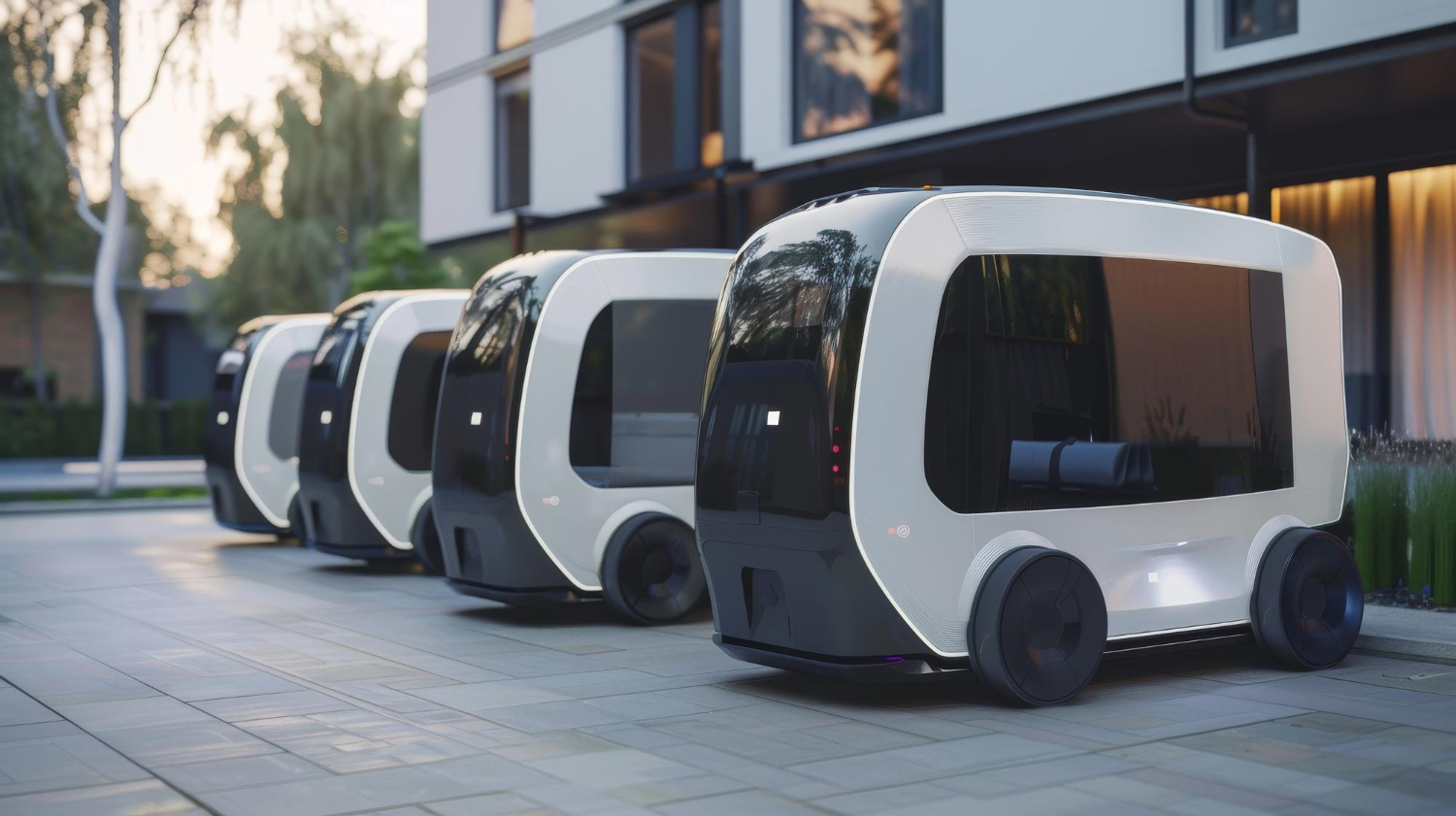Autonomous Vehicles: The Future of Mobility and Transportation Infrastructure

In recent decades, autonomous vehicles (AGVs) have been the subject of increasing interest and research. These are revolutionary technologies that promise to change the face of the transportation system as a whole, improving safety, reducing accidents, reducing travel times and improving public mobility. In this article, we will consider the prospects for the development of autonomous vehicles, their impact on transport infrastructure and public life.
1. What are autonomous vehicles?
Autonomous vehicles, or self-driving cars, are vehicles that can move without human intervention. They are equipped with a variety of sensors, cameras, radars, and computer systems that provide navigation, object recognition, decision-making, and motion control.
2. Current state of technology and application
To date, autonomous vehicle technology is at various stages of development. Some companies are already producing semi-autonomous vehicles that can perform certain functions without driver involvement, such as maintaining a lane or automatically braking when an obstacle is detected.
However, fully autonomous vehicles capable of fully automating movement without human intervention are still in active development and testing. Major tech companies such as Waymo, Tesla, Uber, and automakers including Ford, General Motors, and BMW are working on such cars.
3. Prospects for development
Autonomous vehicles are expected to become increasingly common on the road in the coming decades. This will lead to a number of significant changes in the transport system and society as a whole:
Improve security
One of the main benefits of autonomous vehicles is their potential to reduce accidents and road accidents. Most road incidents occur due to human errors, such as reckless driving, traffic violations, or distraction. Autonomous systems can provide more precise and predictable control, reducing the risk of accidents.
Accessibility Improvements
Autonomous vehicles can also significantly increase the accessibility of the transportation system for people with disabilities or those who cannot drive a traditional car, such as the elderly or those with physical disabilities.
Optimisation of transport infrastructure
The introduction of autonomous vehicles will require certain changes in the transport infrastructure. For example, road signs, traffic lights, and road markings can be adapted to better interact with automated systems. In addition, it may be necessary to build special lanes for autonomous vehicles or to establish control and monitoring centers to coordinate their movement.
Changes in the urban environment

With the development of autonomous vehicles, changes in the urban environment can be expected. For example, reducing the need for parking spaces, as autonomous cars can be directed to parking lots outside the city or used to transport passengers to other areas while parking.
New business models and services
The introduction of autonomous vehicles will also lead to the emergence of new business models and services. For example, taxi and car-sharing services can be fully automated, and companies can offer subscription services for the use of autonomous cars for regular trips.
4. Challenges and obstacles
Along with the potential benefits of autonomous vehicles, there are also challenges that need to be overcome:
Technical Issues
One of the main challenges is the development of reliable and safe technical solutions capable of ensuring the stable and safe operation of autonomous systems in various traffic conditions.
Regulation & Legislation
There is a need to develop appropriate legislation and traffic regulations that would regulate the use of autonomous vehicles. This includes issues of accident liability, passenger safety, and the protection of personal information.
Acceptance by society
Widespread adoption of autonomous vehicles also depends on public acceptance. Some people may have doubts about the safety or reliability of such technologies, which can slow down their adoption.
Conclusion
Autonomous vehicles represent potentially disruptive technologies that have the potential to change the face of transportation and society as a whole. They promise to improve the safety, accessibility and efficiency of traffic, as well as bring new opportunities and services. However, for their successful implementation, a number of technical, legal and social challenges must be overcome. At the same time, the proper use and integration of autonomous vehicles can significantly improve the quality of life and make the transportation system more sustainable and efficient.
Popular Articles


Reviews